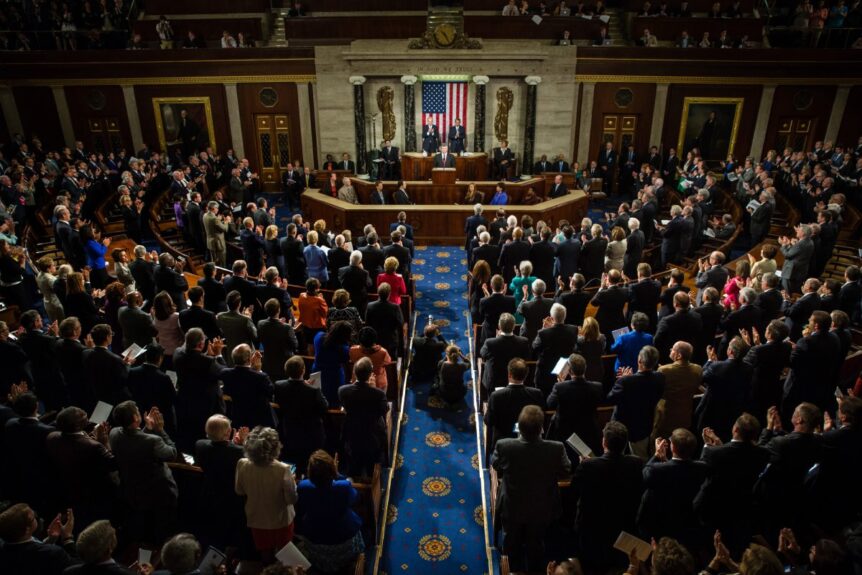Could the $52 million+ donated by the fossil fuel sector have anything to do with the fact that a whopping 123 Congress members publicly deny global warming?
Don’t Mention It
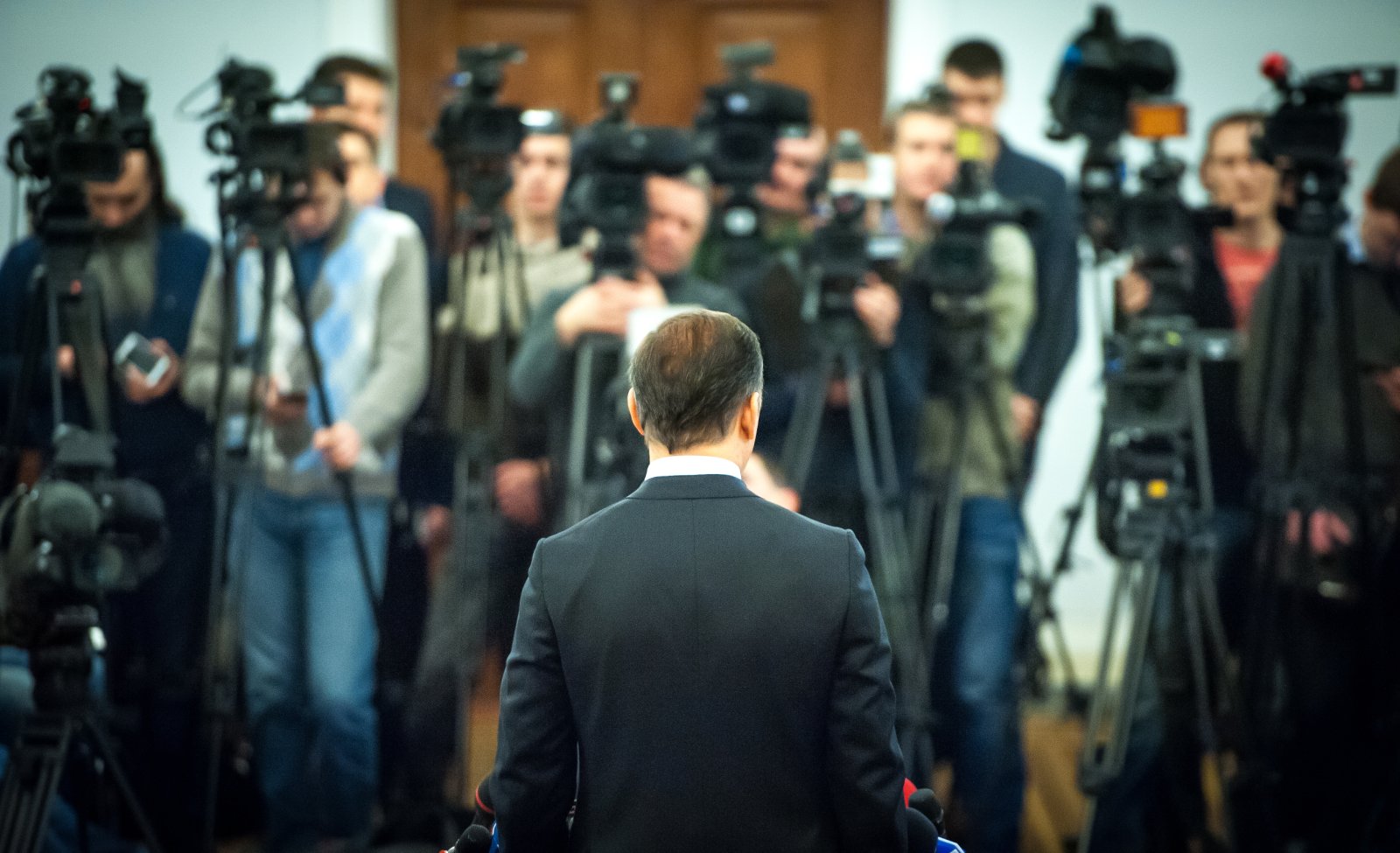
Image Credit: Shutterstock / Sharomka
When it comes to topics not to bring up at the dinner table, like sex and religion, there’s officially a new one on the list: climate change.
That’s according to Anthony Leiserowitz, an expert in climate public opinion at Yale.
And it’s based on a new report stating that 123 out of 535 members of the 118th Congress currently publicly deny human-caused climate change.
Really, Red States?

Image Credit: Shutterstock / DCStockPhotography
Of these 123 elected federal representatives – of which 100 are in the House of Representatives and the other 23 in the US Senate – all are Republicans.
According to Kat So, campaign manager for energy and environment campaigns at the Center for American Progress, and author of the report: “It’s definitely concerning.”
Let’s Clarify

Image Credit: Pexels / Werner Pfennig
In the report, climate deniers are defined as either:
- People who say the climate crisis is not real or not mainly caused by humans
or
- Those who state climate science is not settled, that extreme weather is not the result of global warming, or that pollution leading to warmer temperatures is beneficial.
We Know, But…
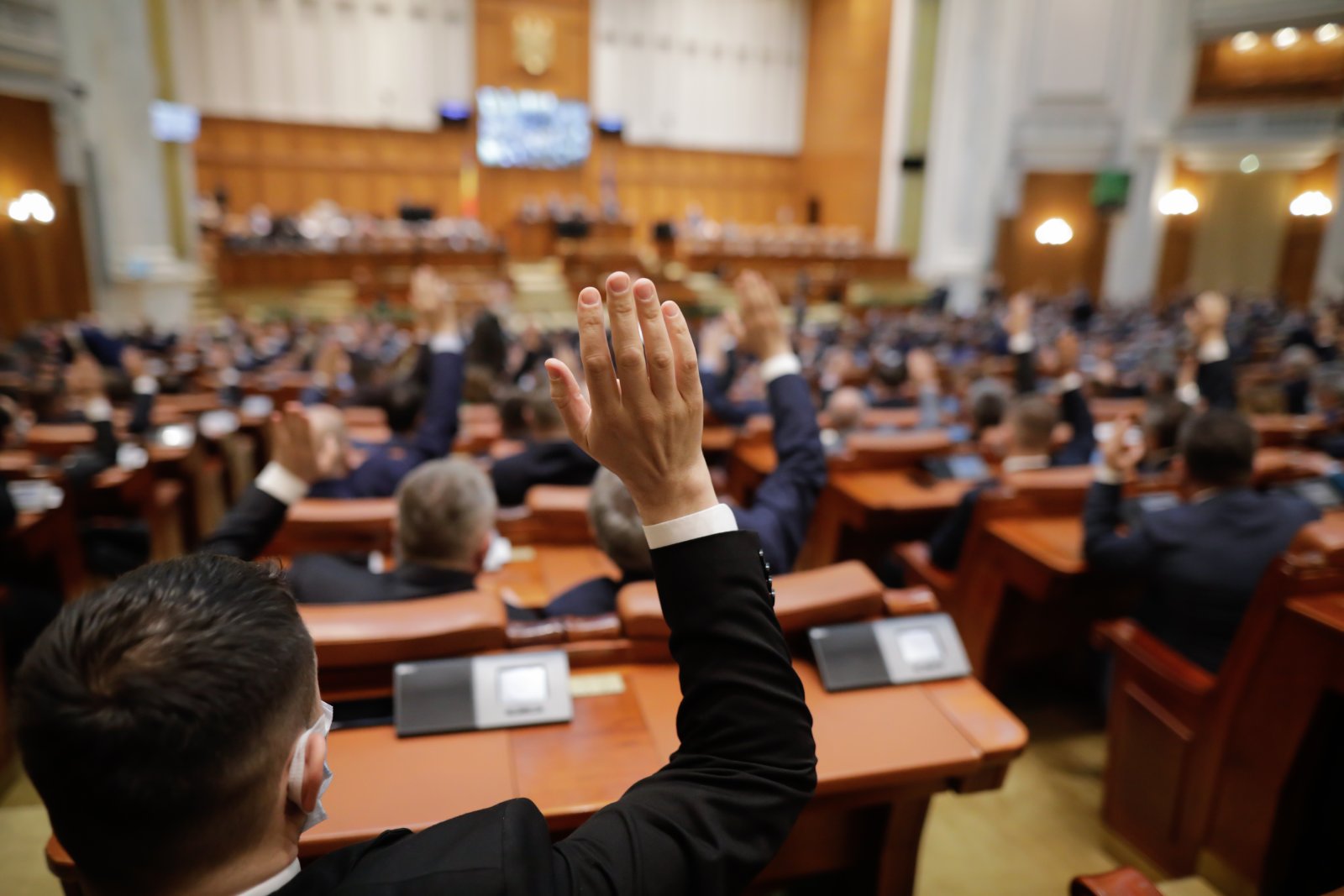
Image Credit: Shutterstock / Mircea Moira
Equally shocking to the huge share of lawmakers who deny this issue is that numerous elected officials who acknowledge the existence of the crisis continue to employ anti-climate rhetoric and actively seek to challenge policies aimed at reducing greenhouse gas emissions.
If You Can’t Dazzle Them With Brilliance…
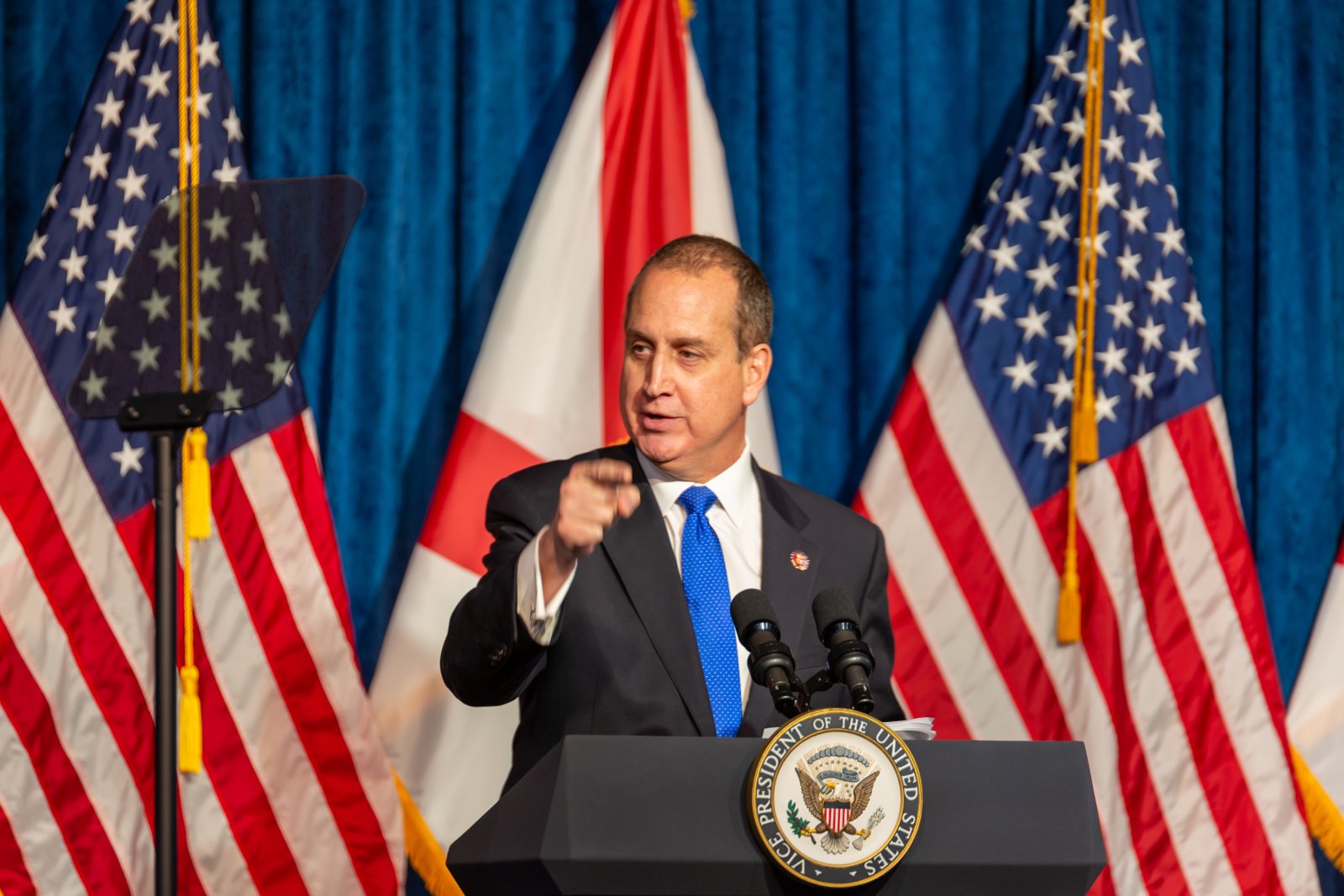
Image Credit: Shutterstock / YES Market Media
Take Florida representative Mario Diaz-Balart as an example. Although he has mentioned climate denial in the past, lately he is describing the issue as being “more of a religion” – a different form of “climate obstruction”, as the report states.
And Diaz-Balart is still opposed to climate aid.
What Else?

Image Credit: Shutterstock / fizkes
Among other juicy findings, the study also discovered:
- A total of $52,071,133 in lifetime campaign contributions has been donated by the fossil fuel sector to Congress’ climate deniers.
- Climate deniers in Congress are decreasing, with 150 in the 116th Congress, 139 in the 117th, and currently 123 in the 118th Congress.
And the US Public?
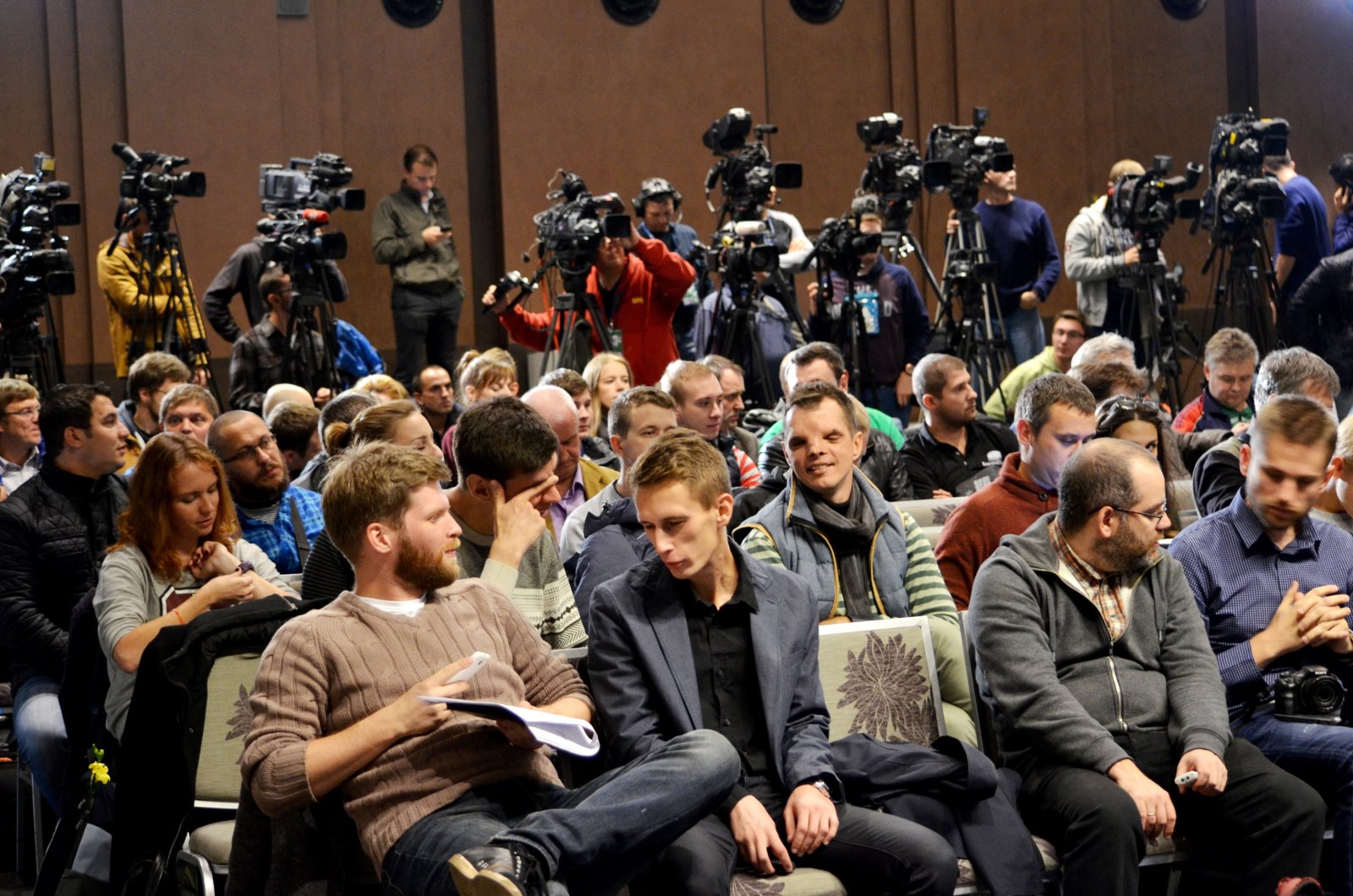
Image Credit: Shutterstock / Vlad1988
Interestingly, the study also found that Americans are being disproportionately represented by climate deniers – 23% of Congress might be against it, but polls tell us that a much smaller number of the public share that view.
Not Everyone’s Convinced

Image Credit: Shutterstock / I’m friday
Various studies also show that fewer than 20% of US residents don’t believe in climate science. And as per long-running polling by Yale University, those defined as “dismissive” make up only 11%.
More Are Getting Worried
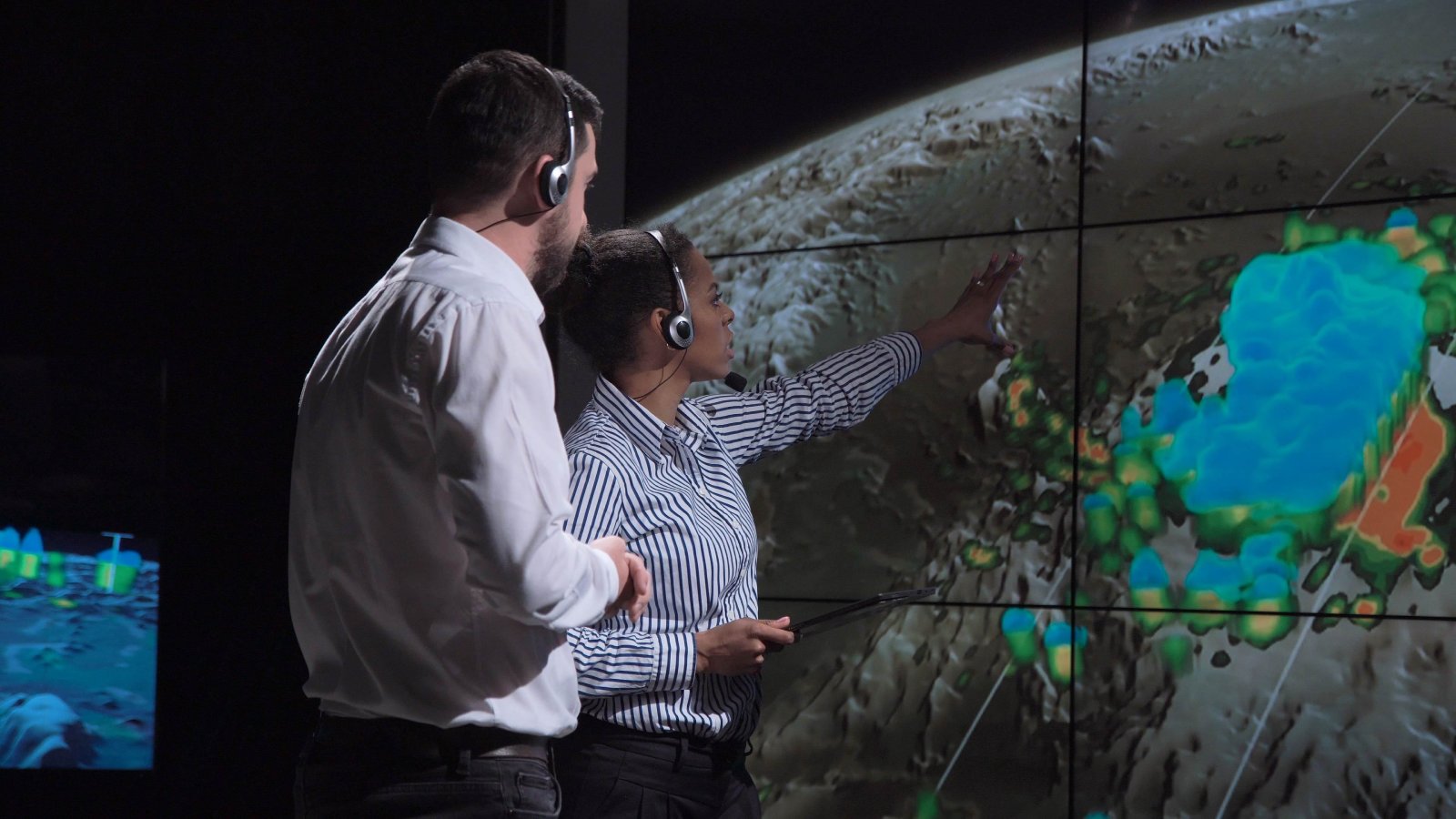
Image Credit: Shutterstock / Frame Stock Footage
That portion might have largely stayed the same in recent years, but a much bigger unit is reported as being worried about the climate crisis thanks to the last few years’ excessive temperatures, wildfires, storms, and other events driven by climate change.
Sounds Better

Image Credit: Shutterstock / fizkes
Currently, over 50% of Americans are classified as being “alarmed” or “concerned” about global warming as stated in the Yale survey.
Some Are Waking Up
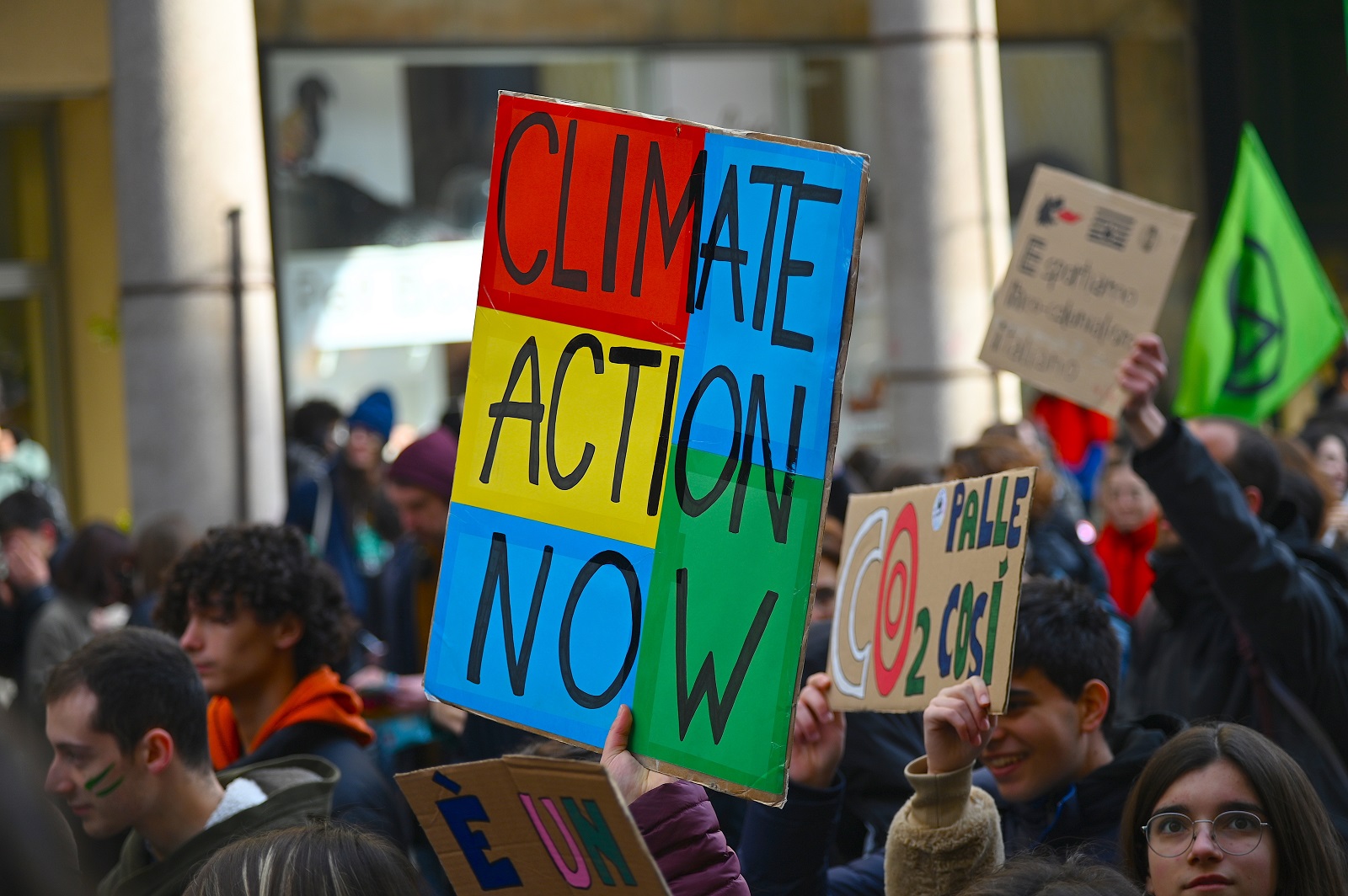
Image Credit: Shutterstock / Antonello Marangi
As Leiserowitz states: “The amount of people at each end of the spectrum – alarmed and dismissive – were essentially tied back in 2013 but today there are three alarmed people for every one dismissive, so there’s been a fundamental shift in how people see climate change in the US.”
Just as Expected

Image Credit: Shutterstock / Elena11
“Unsurprising” is how Naomi Oreskes, a professor of science history at Harvard University who has long studied anti-climate rhetoric, puts it.
In Your Face

Image Credit: Shutterstock / Matej Kastelic
“It’s harder to deny the science when it’s so much more apparent that the climate is warming, that extreme weather is getting worse and happening constantly,” Oreskes said. “Nobody can deny the science with a straight face, given everything.”
Smart Mouths

Image Credit: Shutterstock / Pressmaster
However, Oreskes did note that the fossil fuel sector and its supporters have historically employed various forms of communication to counteract worries about climate change.
She added she wasn’t sure whether these alternative rhetorical strategies are any less damaging.
Deny Until You Die

Image Credit: Shutterstock / Ground Picture
“As far back as the 1990s, they were saying renewable energy isn’t reliable enough, or they were saying that wind power … kills whales,” Oreskes claimed. “Is it really so different from climate denial if you don’t deny the science but you deny the possibility of solutions?”
Why Such a Huge Imbalance?

Image Credit: Shutterstock / Goksi
According to Leiserowitz, this disparity between Congress and the public is due to political polarization as well as the existence of “safe” congressional districts, which encourage candidates to adopt more extreme positions to win crucial party primaries, along with a surge in financial contributions from the fossil fuel sector.
Stretching the Stats
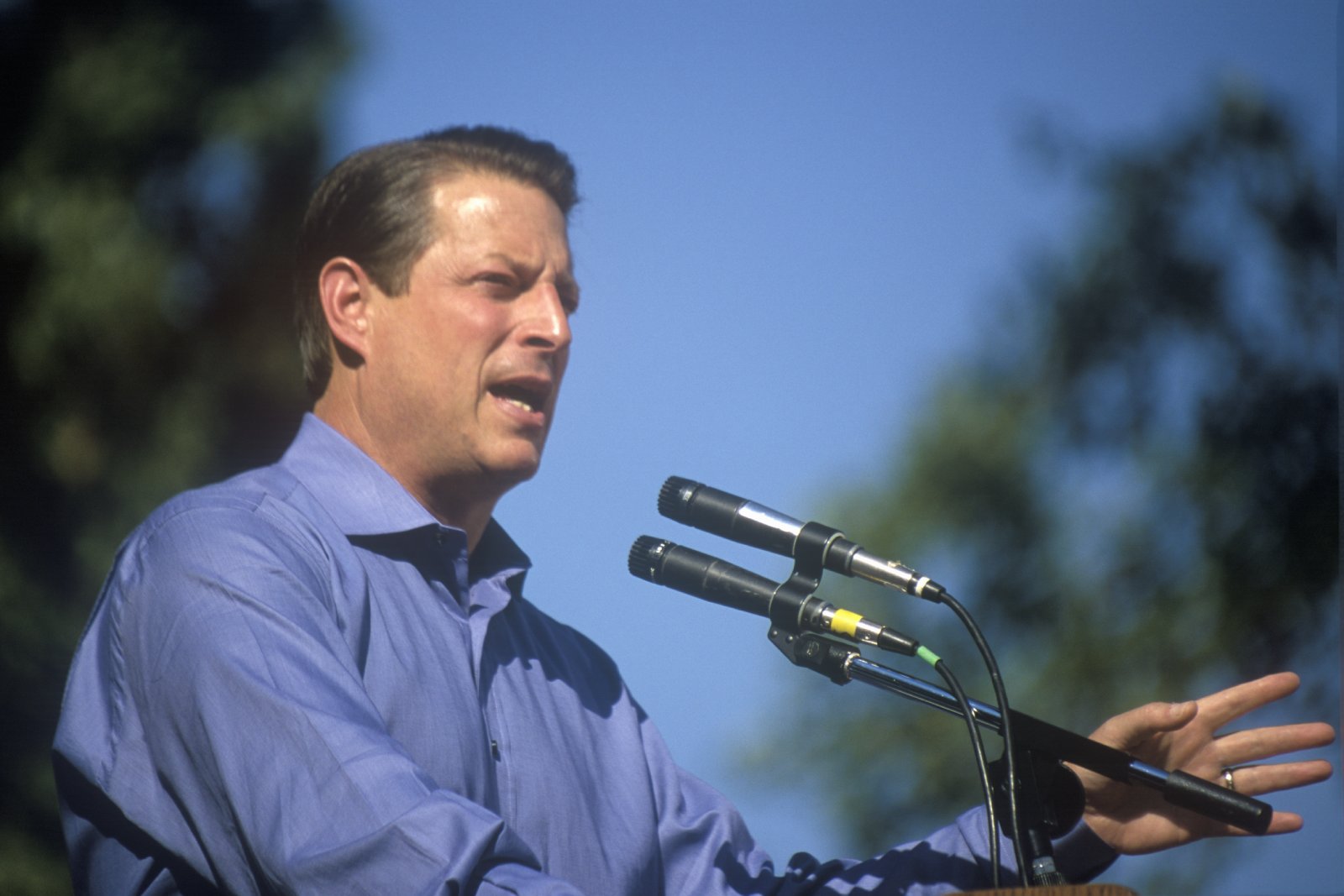
Image Credit: Shutterstock / Joseph Sohm
When it comes to ordinary US citizens, Leiserowitz says the views of the moderately minor group that refute warming temperatures (or link climate science with conspiracy theories that involve Al Gore or the United Nations) are usually magnified, not only on a political level but also throughout American society.
Small Group, Big Power

Image Credit: Shutterstock / John Gomez
As Leiserowitz states: “This small minority of Americans are really vocal, they are more likely to vote and clearly they are more than adequately represented in the halls of Congress.”
The Signs Are Clear
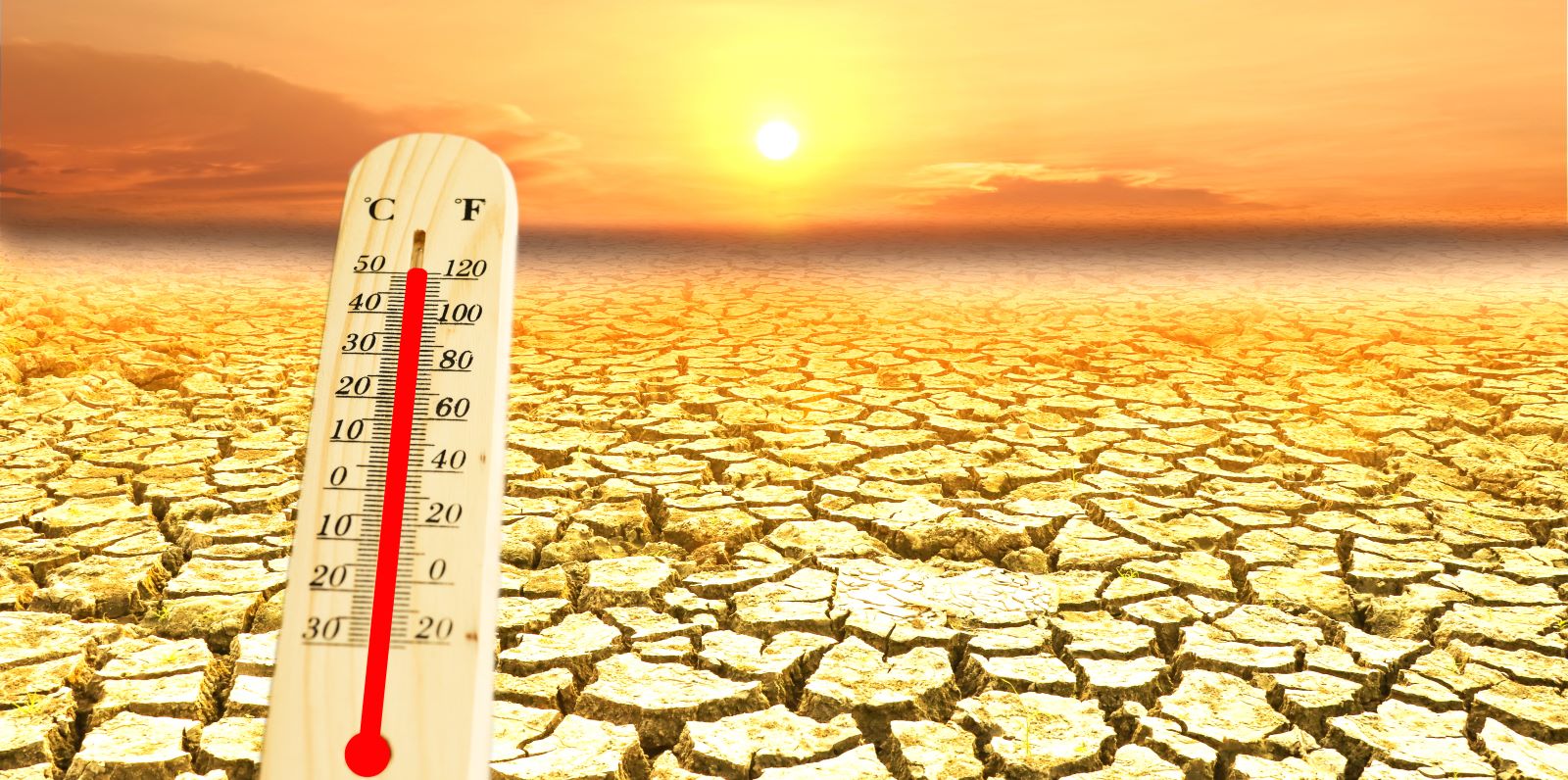
Image Credit: Shutterstock / SERDTHONGCHAI
There is certainly no shortage of warning signs, including:
- 2023 being the hottest year ever recorded
- A billion-dollar extreme weather occurrence hitting the US about every three weeks
- The findings of another study that states Utah’s Great Salt Lake, which has lost 73% of its water, emitted more than 4.1m tons of carbon dioxide and other greenhouse gases in 2020.
Too Late?

Featured Image Credit: Shutterstock / Owlie Productions
If there ever was a time when Americans could safely ignore the growing realities of global warming, that time is over.
Oil Dumping Scandal Rocks Ships Heading to New Orleans

Image Credit: Shutterstock / Aerial-motion
Two shipping companies have been fined after knowingly hiding a large oil spill in the Atlantic Ocean. Oil Dumping Scandal Rocks Ships Heading to New Orleans
20 Eye-Opening Realities Facing Retiring Baby Boomers

Image Credit: Shutterstock / Jack Frog
As Baby Boomers approach retirement, the promise of leisure and security often seems unattainable. This generation faces unique challenges that could redefine retirement. Here’s a stark look at the realities shaping their outlook. 20 Eye-Opening Realities Facing Retiring Baby Boomers
Retail Apocalypse: Massive Closures Sweep Across U.S. Brands

Image Credit: Shutterstock / Tada Images
Stores across the U.S. are closing at unprecedented levels, according to new research from advisory firm Coresight Research. Read on for more information about the impact this could have on you and your communities. Retail Apocalypse: Massive Closures Sweep Across U.S. Brands
Featured Image Credit: Shutterstock / Drop of Light.

